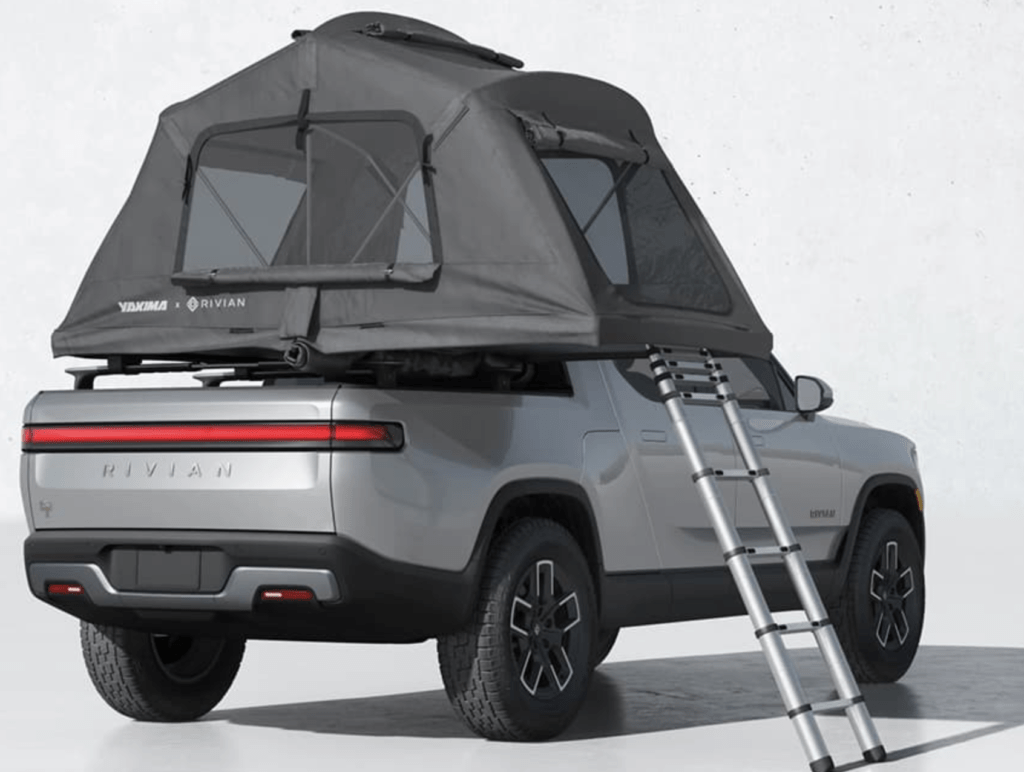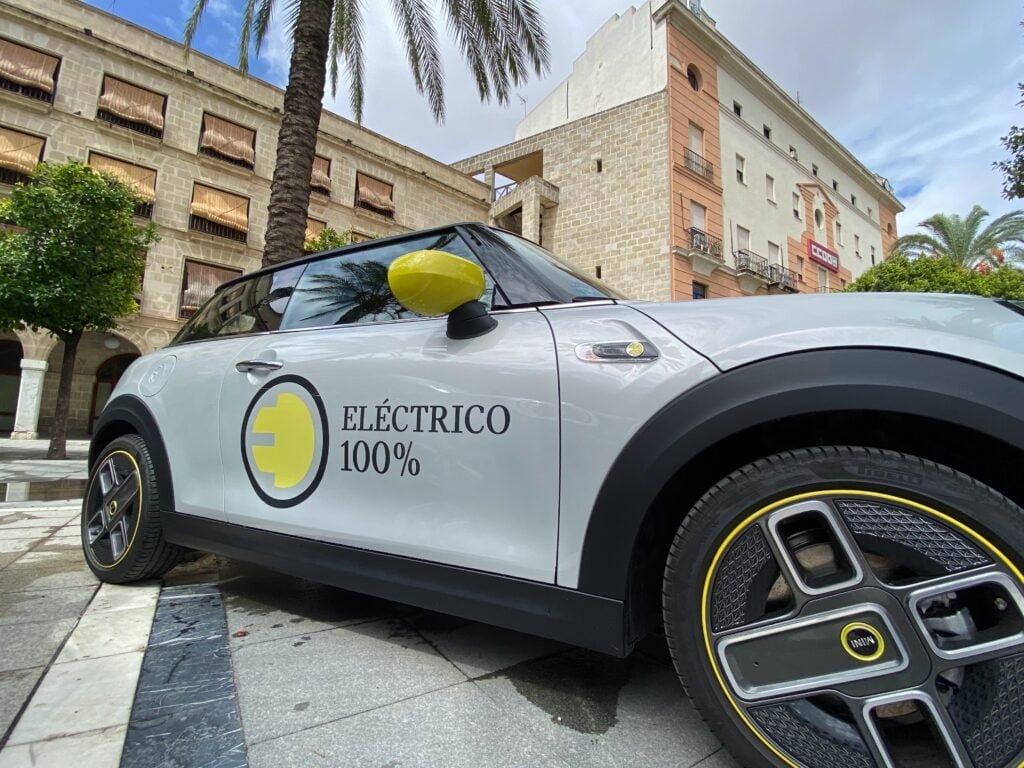It’s a significant increase on the previous year but Australia still lags behind most developed countries in the inevitable shift to electric vehicles. The just-released stats:
- 24,078 EVs were sold in Australia in 2021
- EVs now make up 2.39% of the Australian new car market
- The ACT has the most generous EV subsidies and the biggest market share with 5.87%
- In the US EVs are 3% of the new car market
- In China EV sales were up to 3.3 million – 19% of new car sales and 12% of global sales
- In western Europe, registrations for EVs eclipsed those for diesel.
Norway leads the way with EVs making up 65% of new cars sold in 2021. Exempting EVs from the taxes imposed on fossil-fuelled cars are expected to drive this to 80% in 2022. Plug-in hybrids were 22% of sales. What’s left – the non-plugin hybrid, petrol and diesel cars – adds up to a mere 14%.

The benefits are electrifying! No CO2 emissions, better air quality and less respiratory disease, reduced reliance on imported fuels.
Also, EVs are quieter and require less maintenance. Best of all, cars can be charged for free at home from rooftop solar systems if you have them or the growing number of free public recharging sites in enlightened municipalities.
State governments are now offering a range of incentives and more money is going into more charging stations but the Federal Government’s lack of interest in reducing transport emissions is holding us back.
The simplest mechanism government could adopt in increasing EV sales is to tighter tailpipe emissions standards, as does the European Union.
What about lifetime emissions comparisons with ICE vehicles?
This is a hotly contested debate because there are so many variables. Electricity can come from coal or hydro or solar. The weight, size of the battery, car aerodynamics, terrain, etc. all make a difference. EV manufacture generates more carbon that a comparable ICE vehicle, mainly due to the extraction and processing of minerals for EV batteries and production of power cells. However if a Tesla was being driven in Norway, which generates almost all its electricity from renewable hydropower, the break-even point would come at around 13,500km. On electricity powered by coal for say a Corolla, the break-even point would be more like 126,000 km.
And a word to the PM on utes: The all-electric Rivian ute above has a 500km range, carries 5,000kg loads and has a wading depth of almost 1 meter. Sadly, lack of interest by government means it is unlikely to be here before 2024.
Our plan:
For Australia to have a good chance of reaching net-zero emissions by 2050, we must remove 5 million tonnes of emissions from the transport sector every year from 2030 to 2050. To do this Australia should:
- Ban the sale of new fossil-fuelled passenger cars and utes from 2035, in line with the UK and EU, noting that by ~2026 EVs will be cheaper to buy as battery costs decrease and production lines shift to EVs
- Move import taxes from EVs to the most inefficient vehicles
- Allow only new electric vehicles to qualify for the typical company car tax benefits from 2023.
- Require all regular passenger vehicles purchased by the government to be electric.
- Work with the states to reform all light vehicle taxes and charges so they are nationally consistent, simplified and assist in the goal of driving down emissions.
- Provide incentives to ensure widespread availability of standard electric vehicle chargers.
- All carparks (including curb-side parking) to have a specified proportion of the parking bays with chargers.
- All public chargers should be Level 2 or higher to ensure reasonable charging times.
See more on this in the EV section of our Transport plan
Photo by John Cameron on Unsplash

